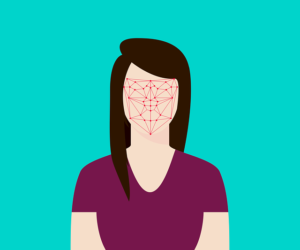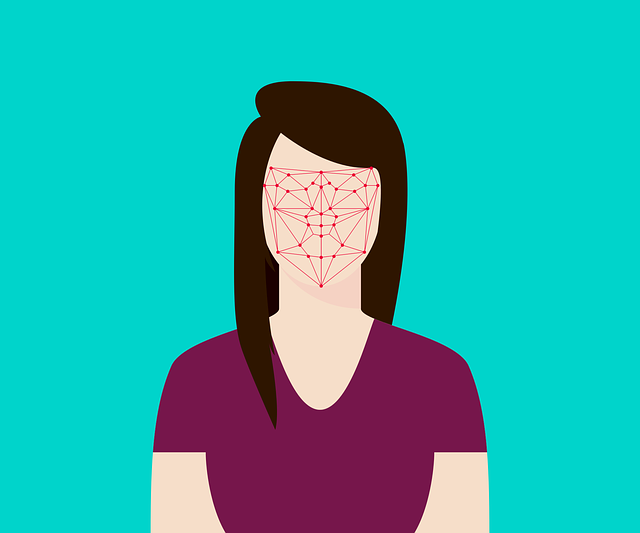In recent years, developments in facial recognition technology have raised concerns about the expanding capabilities of surveillance technology. With the implementation of CCTV (closed circuit television) cameras with powerful AI (artificial intelligence) capabilities, we now have the technology to monitor public areas and even private homes.
According to research, facial recognition technology will make significant advances in a wide range of industries, and businesses that use facial recognition to target their marketing efforts at their potential user base stand to benefit in a wide range of ways.

Face recognition with AI
Artificial intelligence (AI) has enabled the development of advanced facial recognition technology, making it possible for computers to identify a face accurately and quickly.
How is facial recognition changing how we use CCTV systems?
The Metropolitan Police Service used Axis LE 8685 and Bosch MIC-7230-B5 cameras during live facial recognition trials between August 2016 and February 2019. This trial was largely successful in fighting crime and keeping the city safe. However, it has been protested by various human rights groups, including Big Brother Watch, and as people passed the van in Romford, one campaigner said, “Well, we’ve all got something to worry about when it comes to this.”
During the COVID-19 lockdown, Australian authorities used facial recognition technology and GPS tracking to determine whether the person who took the selfie was at home. If they are not, they will receive a knock on the door and a potentially hefty fine.
Many security surveillance system providers have tested facial recognition and object recognition technology at various schools in the United States. It included object recognition that could identify a concealed weapon. For example, Scylla’s leading weapon detection technology, used by leading CCTV camera manufacturers like Mobotix, helps many.
Hoan Ton-Tan, the CEO and founder of Clearview AI in Australia, says facial recognition technology has a high potential for crime prevention because it can ensure that only authorised individuals have access to a building, such as a school. “We have seen our technology used with great success by law enforcement to stop gun trafficking, and we hope it will help prevent tragic gun crimes,” he says.
What are the drawbacks of facial recognition?
“When you use a facial recognition app to open your phone, your phone does not store a picture of your face,” says Garrett O’Hara, field chief technologist at security firm Mimecast. Facial recognition has numerous advantages, but it is also controversial.
Most facial recognition systems’ technical performance remains limited, and face detection software can make two types of errors. A false negative occurs when the FTR software fails to detect a face in a photograph or video footage. A “false positive” occurs when a face detector misidentifies a non-face structure as a face. It may result in decreased accuracy and false accusations.
AI-assisted facial recognition enables the identification of individuals across both time and space. The biggest challenge is that facial recognition technology records features of the human body (unlike mobile phone identifiers), many images are already available on the internet, and images are captured remotely without a person’s knowledge. In a large public area where obtaining consent will be difficult.
In response to these worries, it’s crucial to ensure that businesses and authorities who employ facial recognition technology implement proper privacy measures, such as GDPR compliance and strong data encryption, to protect users’ data and ensure that the technology is used responsibly.
Learn from the experts, and don’t forget to sign up for our newsletter.

